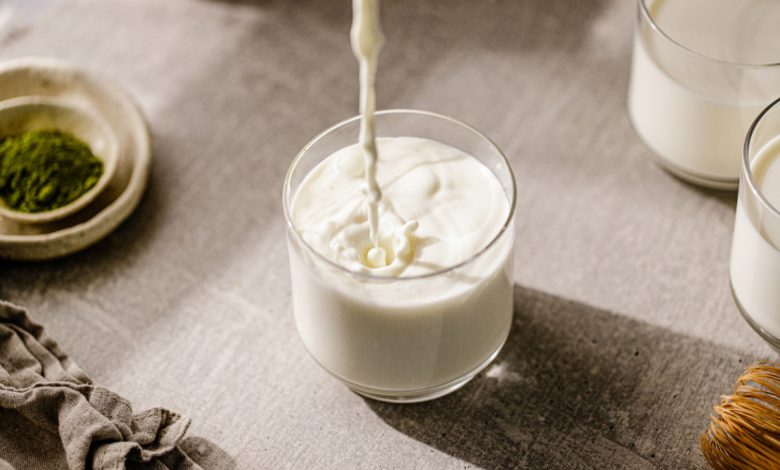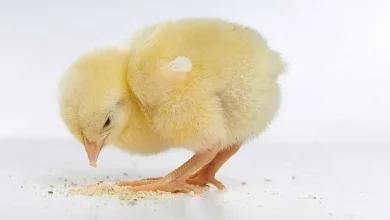Understanding the Natural Inhibitory Substance in Milk: Benefits and Impact on Health

Understanding the Natural Inhibitory Substance in Milk: Benefits and Impact on Health
Dr. Yogendra Singh*
Assistant Professor, Department of veterinary surgery and radiology
RPS college of veterinary science, Balana, Mahendragarh, Haryana
Dr. Rohit
BVSc, IIVER, Rohtak, Haryana
Introduction
The germicidal properties of milk and antimicrobial substances in milks of different species (cow and buffalo have recently been characterized. Normal raw milk contains different levels of inhibitory substances that restrict the normal development of certain bacteria. The degree of inhibitory activity varies considerably in milks of different species viz., cow, buffalo, human (maximum activity present in human milk), in milks of same animal at different milking. Activity vary between milk samples collected from different quarters of udder of same animal. There are two groups of antimicrobial substances in milk:
1. Inherent or naturally occurring substances in milk
2. Non inherent compounds secreted in to milk from other sources.
Naturally occuring antimicrobial substance
- These compounds may be specific and non-specific in conferring protection to the new born. The specific factors are produced in response to specific antigen, whereas; non specific have less specific anti-microbial activity.
- Specific factors
- Immunoglobulins
- Complement
- Macrophages
- Bifidus factor
- Non specific factors
- A) Iron binding protein like lactoferrin
- B) Lysozyme
- C) Lactanins
- D) Lactoperoxidase
- E) Vitamin binding proteins and fatty acid
Specific factors
- Immunoglobulin (Ig)
- These factors are responsible for immunological protection of newborns.
- In man, prenatal immunity is conferred primarily through the transmission of immunoglobulins from mother across the placenta to the foetal circulation
- Buffalo and cow rely on the transfer of immunoglobulins from colostrum into new borne’s circulation
postnatal, when gastrointestinal tract is permeable to intact protein molecules. IgA is the chief immunoglobulin of milk and confers passive immunity. In human milk, the main Ig is called secretory IgA. It is present in colostrums in concentrations up to 50 mg per ml which drops to a level of 1mg/ml in mature milk. The sites of action of IgA are restricted, since Ig cannot be absorbed from infant gut in significant quantities.
Functions of IgA
- Neutralizes toxins and viruses
- Inhibits bacterial adhesions
- Prevents absorption of food antigens
- Suppresses bacterial growth
- Aids in phagocytosis by bringing about attachment of bacteria to macrophages. In human milk anti Escherichia coli IgA has been identified that is active against infantile diarrhea.
Complement
- Small amounts of nine components of complement have been detected in human milk and these are also associated with the bactericidal properties of milk.
- 2. Add to the defense mechanism due to lysis of a variety of potentially pathogens.
Macrophages
- Viable leucocytes are present at a concentration of 2 x 106 cells/ml in human colostrums, falling to 2% of this value in normal milk.
- About 80% of the cells in colostrums are macrophages that are associated with phagocytosis i.e. engulfing and subsequent killing of bacteria many of which are pathogenic in nature.
Bifidus Factor
- Bifidus factor is a compound that specifically enhances the growth of bifidobacteria in either a product or in the intestines of humans. Products marketed as bifidogenic factors are several prebiotics and Methyl-N-acetyl Dglucosamine in human milk.
- Bifidus factor supports the growth of Lactobacillus, beneficial bacteria that protect the baby against harmful bacteria by creating an acidic environment, where it cannot survive.
- In breast-fed infant mother’s milk having bifidus factor leads to growth of Bifidobacterium having beneficial effects such as.
Preservation of milk:
Presence of antimicrobial factors cannot prevent or even retard significantly the development of mixed population of microbes in raw milk but some microbes get markedly affected. However, an artificial exploitation of milk natural antimicrobial system called lactoperoxidase system, for developing cold sterilization like process, can prove effective in preservation of raw milk. This process holds great promise under tropical farm conditions in countries like India.
- Processing problems:
Raw milk is used for product making, e.g. in cheese making, the acid development in cheese vat may be retarded by inhibition of starter activity due to the presence of antimicrobial substances. In starter culture propagation, the heating of milk (80˚C) is essential as it inactivates factors that may interfere with the normal starter growth


